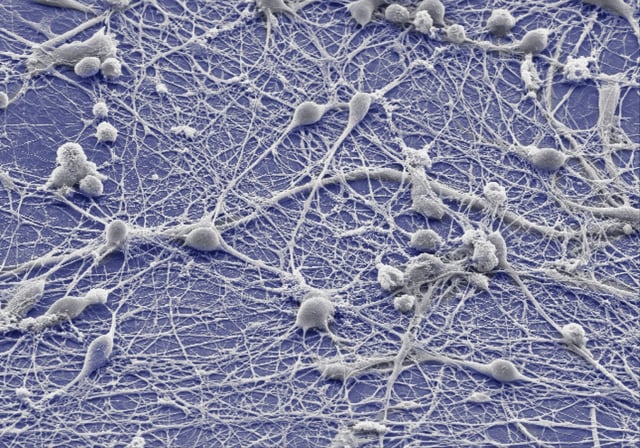Overview
- UC San Diego scientists detail GraMOS in Nature Communications, a graphene-based method that makes neurons light-responsive without genetic modification.
- GraMOS leverages graphene’s conversion of photons into electrical signals to trigger ion currents within milliseconds in cultured rat and human neurons.
- In 2D hiPSC-derived cultures, nearly 70% of neurons responded to light even though only about 10% were initially mature.
- In brain organoids, scheduled light training accelerated functional maturation with stronger activity, greater connectivity and synchrony, and upregulated neuronal and synaptic gene expression.
- Experiments reported no measurable toxicity or structural damage, and a proof-of-concept closed loop let organoids redirect a robot in under 50 milliseconds, with broader applications described as prospective.


